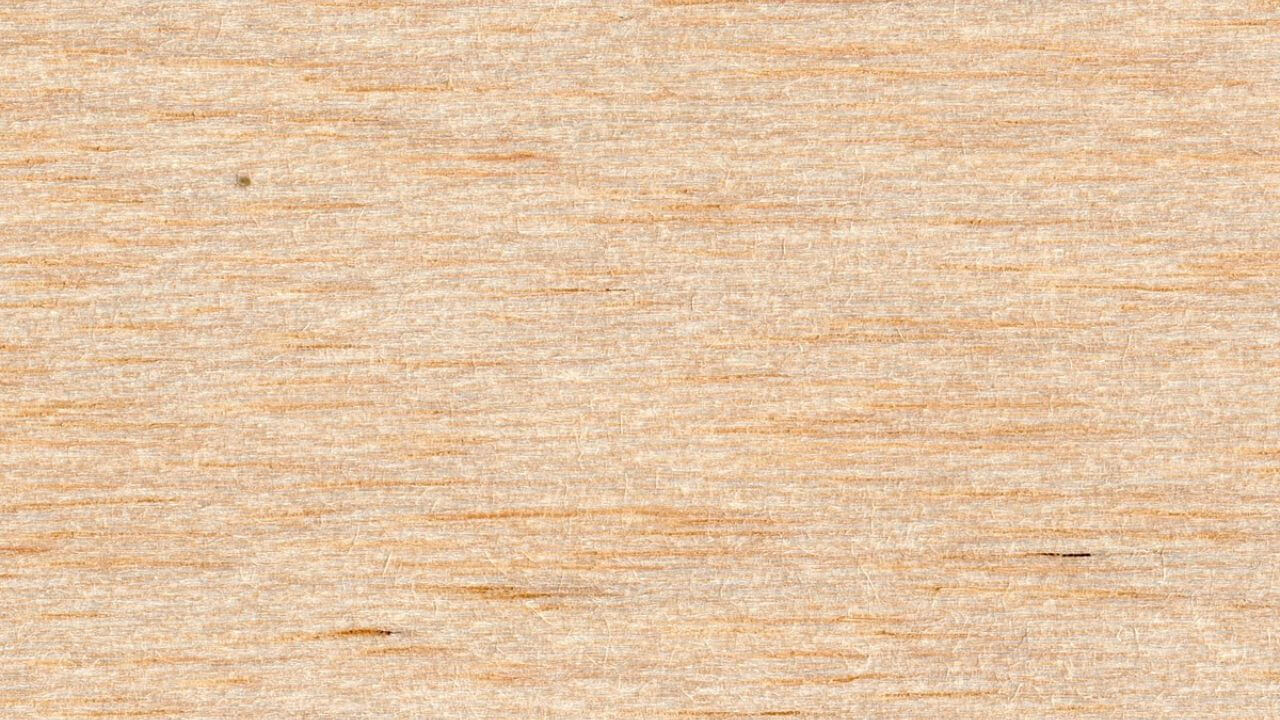When it comes to lightweight, versatile woods, balsa and basswood are two of the most popular choices among hobbyists and woodworkers. Both are softwoods prized for model building, carving, and crafts — but they’re not the same. If you’re unsure which one is right for your next project, this guide compares balsa wood vs basswood on all important points: strength, weight, cost, and more.
1. What Is Balsa Wood?
Balsa wood comes from the Ochroma pyramidale tree, native to Central and South America. It’s widely used for model airplanes, lightweight structures, and crafts because of its extremely low density. In fact, balsa is one of the lightest commercial woods in the world.
Key Traits of Balsa Wood:
- Very soft and lightweight
- Pale, almost white to light tan color
- Straight grain with a coarse, open texture
- Easy to cut, sand, and glue
2. What Is Basswood?
Basswood, from the American Linden tree (Tilia americana), is heavier and harder than balsa but still considered a soft hardwood. It’s the go-to choice for wood carvers, furniture components, and crafts because of its smooth texture and minimal grain.
Key Traits of Basswood:
- Soft, but denser than balsa
- Creamy white to light brown color
- Fine, even texture with almost invisible grain
- Carves cleanly with minimal fuzzing
3. Balsa vs. Basswood: Side-by-Side Comparison
| Feature | Balsa Wood | Basswood |
|---|---|---|
| Density (lbs/ft³) | 7–9 lbs/ft³ (extremely light) | 20–25 lbs/ft³ (light but denser) |
| Strength | Low (can dent easily) | Moderate (more durable than balsa) |
| Grain | Straight but coarse | Very fine and uniform |
| Workability | Cuts easily, minimal resistance | Excellent for carving, holds detail |
| Color | Pale white to light tan | Creamy white to light brown |
| Cost | $7–15 per board foot (varies by grade) | $4–10 per board foot (widely available) |
| Best For | Model airplanes, prototypes, lightweight structures | Carving, furniture parts, crafts |
4. Strength and Durability
If strength matters, basswood wins. Balsa’s incredible lightness makes it fragile—great for weight-sensitive projects but prone to dents. Basswood is still soft compared to oak or maple, but it’s much more durable than balsa and can handle more wear and tear.
5. Workability
Both woods are beginner-friendly:
- Balsa cuts like foam with a hobby knife, making it perfect for prototypes or model aircraft wings.
- Basswood cuts and carves cleanly with hand or power tools, holding sharp details better for woodcarving and intricate projects.
6. Appearance
Balsa’s coarse grain and very light color look rustic but not premium. Basswood’s fine, uniform grain and creamy tone take paint and stain better, which is why it’s often used for painted carvings or trim.
7. Cost and Availability
Because balsa is imported from South America, it’s usually more expensive per board foot than basswood. Basswood is native to North America and widely available through lumberyards, making it more affordable and easier to find in larger pieces.
8. Typical Uses
- Balsa Wood: Model airplanes, lightweight prototypes, surfboard cores, craft projects.
- Basswood: Carvings, musical instrument parts, moldings, furniture frames, crafts.
9. Environmental Considerations
Basswood is generally a more sustainable option, grown domestically with shorter transport distances. Balsa, though plantation-grown in many areas, has a heavier import footprint. If buying eco-friendly wood matters to you, basswood is the greener choice.
10. Which Should You Choose?
- Choose Balsa Wood if: Your project requires the lightest possible material (e.g., model airplanes, prototypes, or STEM projects).
- Choose Basswood if: You want a slightly stronger, smoother wood for carving, furniture components, or crafts with painted finishes.
Quick Takeaway
- Balsa = Ultra-lightweight, fragile, great for models
- Basswood = Slightly heavier, stronger, great for carving and crafts
Understanding the differences between balsa wood and basswood helps you pick the right material and avoid surprises in your project’s performance.

